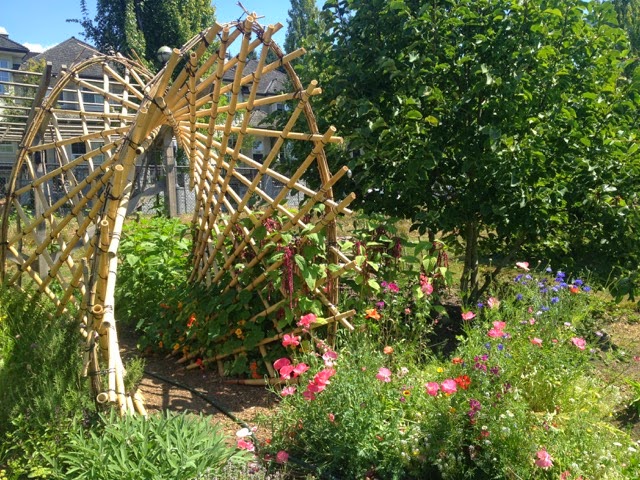Engaged Students are Better Learners
School learning is often treated as a series of highly mental processes –reading, memorizing, reasoning, writing, calculating – with very little engagement of physicality, emotion or spiritual connection to the world. This way of approaching teaching and learning is based on centuries-old philosophical traditions that treat mind and body as separate, and the mind as far superior to body. In these traditions, mental learning is considered sophisticated, refined and adult, while physical/emotional learning is treated as basic, coarse and babyish.
Philosophies that split mind from body are being challenged by many new developments in areas as diverse as neuropsychology, media theory, linguistics and curriculum studies. There is growing evidence that we learn with ours mind and bodies together, even in abstract areas of learning like languages and mathematics. Physical movement, working with our whole bodies and all five senses, trying things out with the materials of the physical world, playing with experiences of texture, weight, friction, temperature, balance and gravity, making things with our hands, orienting ourselves, navigating our way through landscapes – all these experiences and more are the basis for our understanding of more abstract concepts of pattern, metaphor, symbolism and story. Understanding the concept of balancing equations (in math, physics, chemistry) may depend on experiences of physical balancing; grasping metaphors of containment and movement in language and writing may depend on playing with materials and situations where things are contained or moving.
There have been educators calling for more experiential, tangible, embodied ways of learning since the late 19th and early 20th centuries, including leading educational philosophers like Dewey, Montessori, Pestalozzi and Steiner. The need for a more embodied approach to schooling has become much more urgent in recent years, as digital technologies take up more of children’s time and kids become more sedentary and less physical in their play. It can no longer be taken for granted that all children have rich lives of physical, adventurous and self-directed play in natural settings outside their school classrooms. As kids’ lives become busier, more indoors and more screen-oriented, their school experiences need to rebalance things by becoming more fully engaging, embodied and experiential and involving the natural world.

A hyperboloid gate/arbour, embedding a mathematical lesson into physical space that can be walked through (The Orchard Garden at UBC)
Playgrounds and school gardens offer great potential for outdoor learning spaces. Children can escape the constraints of chairs and desks to explore all their school subjects outdoors, in motion and with all their senses. An integration of mind and body, voice and emotion, contemplation and spirituality in a living outdoor place allows learners to develop deeper, holistic understandings of new concepts in all subject areas. The sciences offer many opportunities to observe and experiment out of doors; the arts are inherently physical and interactive, and bring learners in contact with materials and movement, engaging intellect, emotions, kinetic and sensory experiences. Social studies and language arts involve storylines that can be enacted to gain an insider’s understanding, and mathematical patterns are based upon physical patterns observed in natural and cultural phenomena. Embodied, experiential outdoor learning has much to offer in every curricular area.
Learning outdoors in a living world is also an essential factor in children’s well-being, and in their empathy for the well-being of other living things. The concept of environmental education has grown from early ideas of learning scientific facts about ecologies to a much broader approach that brings together science with the arts, social and emotional learning and a caring connection with living things, from worms and bees to plants and the fungal networks of soil. Daily contact with plants, animals, weather, soil and sky can help children be healthier and more curious to learn about the world, and to care for become more caring citizens of the planet.
